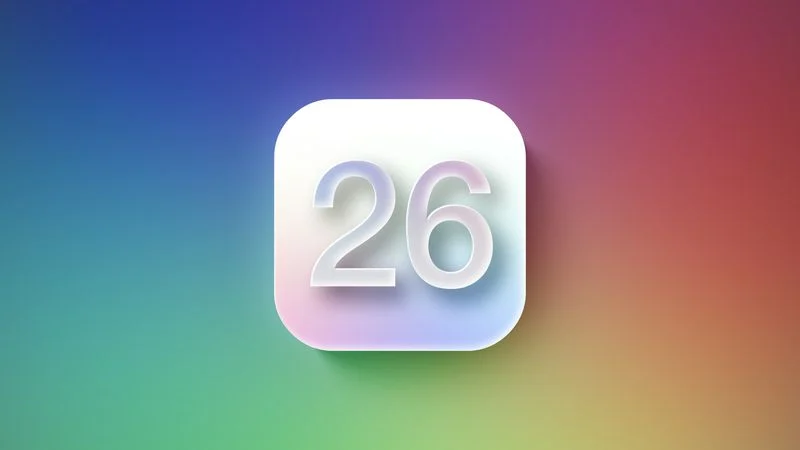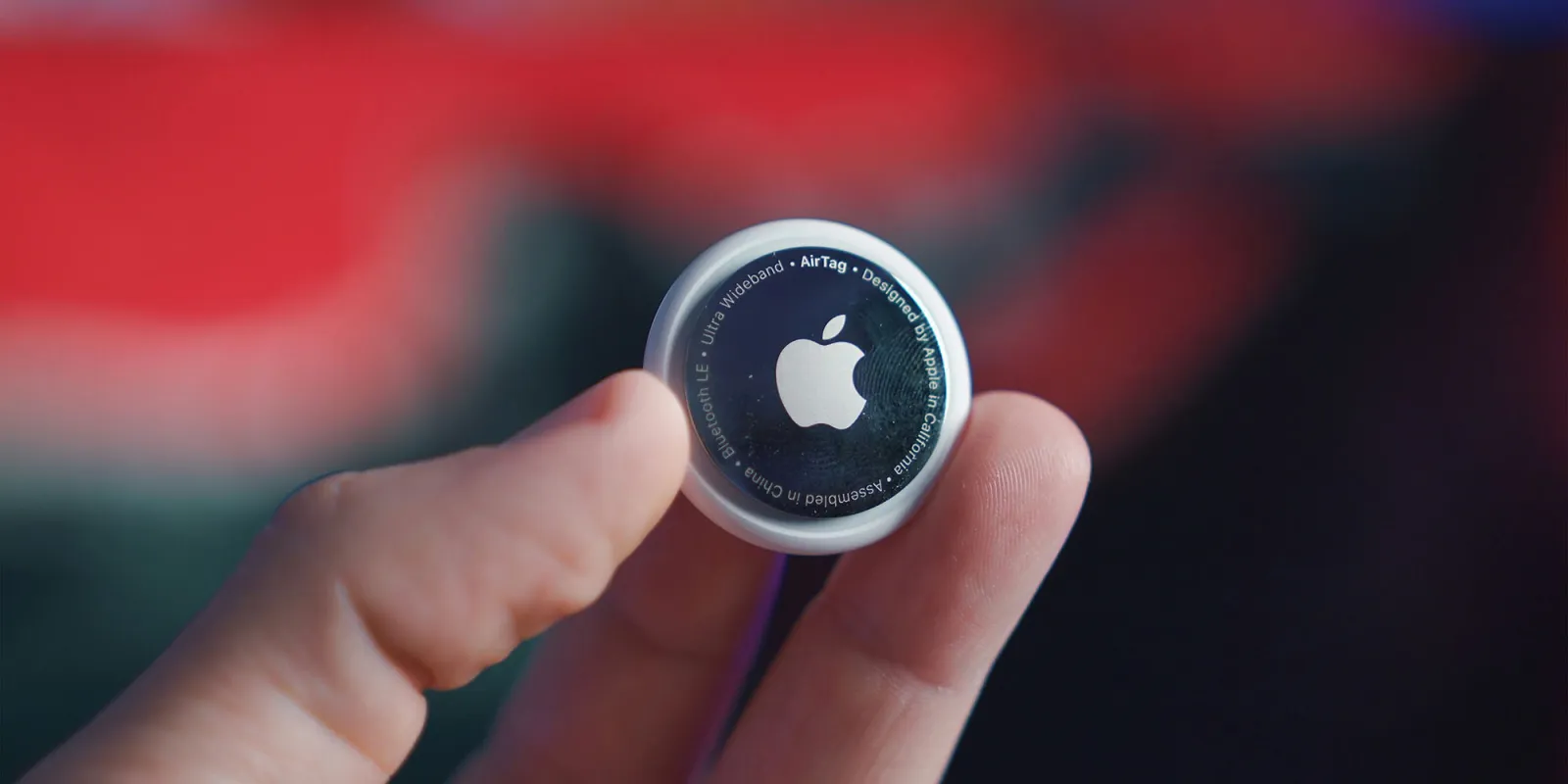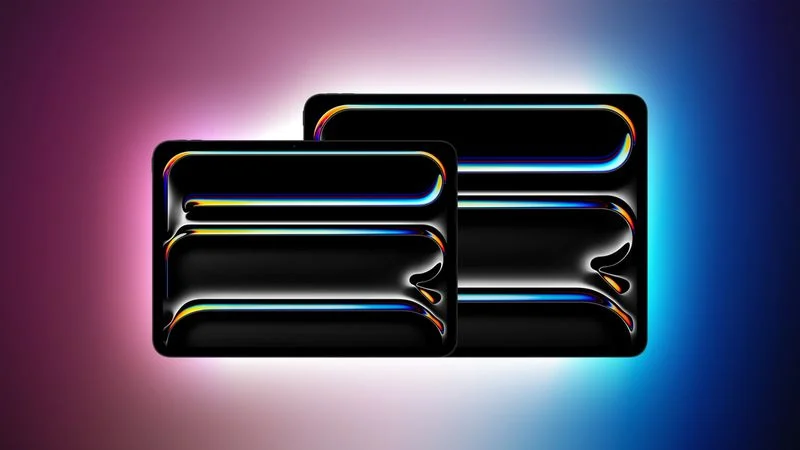For years, the relentless pursuit of thinner and lighter devices has driven innovation in the tech world. Now, whispers from the rumor mill suggest Apple might be poised to revisit this idea with a reimagined iPhone, tentatively dubbed the “iPhone 17 Air.” This potential addition to the iPhone family has sparked considerable interest, with concept renderings and speculative reports painting a picture of a remarkably slim device. Let’s delve into the details and explore what this intriguing possibility could entail.
A Return to Slender Form:
The core concept behind the iPhone 17 Air revolves around achieving an unprecedented level of thinness. Reports indicate Apple is aiming for a profile even slimmer than the iconic iPhone 6, which measured a mere 6.9mm. Imagine holding a device that feels almost impossibly light and sleek in your hand. This focus on form factor could mark a significant design shift, potentially echoing the design philosophy of the MacBook Air line, prioritizing portability and elegance.
Visualizing the Air: Concept Renderings and Speculation:
While official details remain shrouded in secrecy, talented concept artists have taken the available information and created compelling visualizations of what the iPhone 17 Air could look like. One such concept, popularized by Technizo Concept on YouTube, offers a glimpse into a potential future. It’s crucial to remember these are based on leaks and rumors, so they should be viewed with a healthy dose of skepticism.
The concept video showcases a device with a refined aesthetic. The rear design presents a few possibilities. One version features a horizontal camera array with three lenses, while others suggest a simpler one or two-lens setup. This uncertainty highlights the fluidity of the information available and the potential for changes before any official announcement.
Material choices also play a crucial role in the concept. A blend of aluminum and glass is suggested, with the glass back being essential for enabling wireless charging – a feature now considered standard in premium smartphones. This combination of materials would likely contribute to both the device’s structural integrity and its premium feel.
Another compelling feature showcased in these concepts is the inclusion of a USB-C port. This transition, already implemented in other Apple devices, would bring faster charging speeds and improved data transfer capabilities to the iPhone line.
Display and User Experience:
The front of the conceptual iPhone 17 Air is imagined to house a 6.65-inch OLED display, potentially incorporating ProMotion technology. This would translate to a smoother and more responsive visual experience, with adaptive refresh rates up to 120Hz. The Dynamic Island, Apple’s innovative notification system, is also expected to make an appearance, potentially in a refined, more compact form.
Positioning within the iPhone Lineup:
Speculation suggests the iPhone 17 Air could replace the “Plus” model in Apple’s product line. This strategic move would position the Air as a distinct offering, focusing on a unique combination of slim design and powerful features. Reports indicate the Air could be approximately 2mm thinner than the iPhone 16 Pro, which measures 8.25mm. This would result in a device around 6.25mm thick, truly pushing the boundaries of smartphone thinness.
Pricing and Availability:
Perhaps one of the most intriguing rumors surrounding the iPhone 17 Air is its potential pricing. Sources suggest Apple is aiming to position the Air as a more affordable option compared to the Pro models. This would make the device accessible to a wider audience while still offering a compelling set of features. If these rumors hold true, the iPhone 17 Air could retail for under $1,000, potentially around $899, similar to the current pricing of the Plus models.
The anticipated launch timeframe for the iPhone 17 lineup, including the potential Air variant, is expected to be September 2025. This gives Apple ample time to refine the design, finalize specifications, and prepare for what could be a significant step in the evolution of the iPhone.
A Note of Caution:
It’s crucial to reiterate that much of this information is based on rumors and concept renderings. While these provide an exciting glimpse into potential possibilities, they should be taken with a grain of salt. Apple’s final product could differ significantly from what is currently being speculated.
Conclusion:
The prospect of an iPhone 17 Air has ignited the imaginations of tech enthusiasts and industry observers alike. The focus on achieving remarkable thinness, coupled with potential improvements in display technology, charging capabilities, and pricing, makes this a compelling concept. Whether these rumors materialize into reality remains to be seen. However, the very idea of an ultra-slim iPhone underscores Apple’s continued pursuit of innovation and its willingness to explore new design paradigms. As we approach the anticipated launch date, we can expect more details to emerge, further clarifying the future of the iPhone and the potential arrival of the elusive Air.








